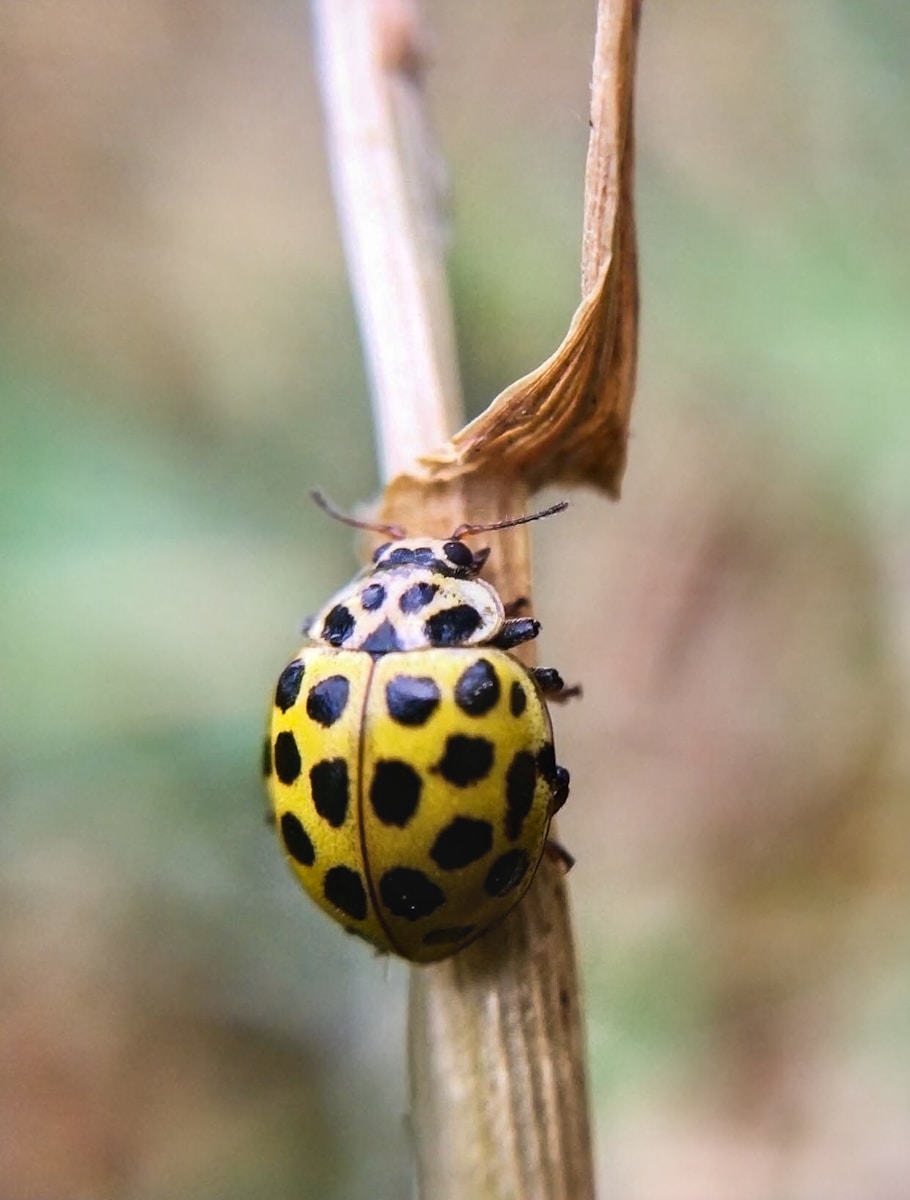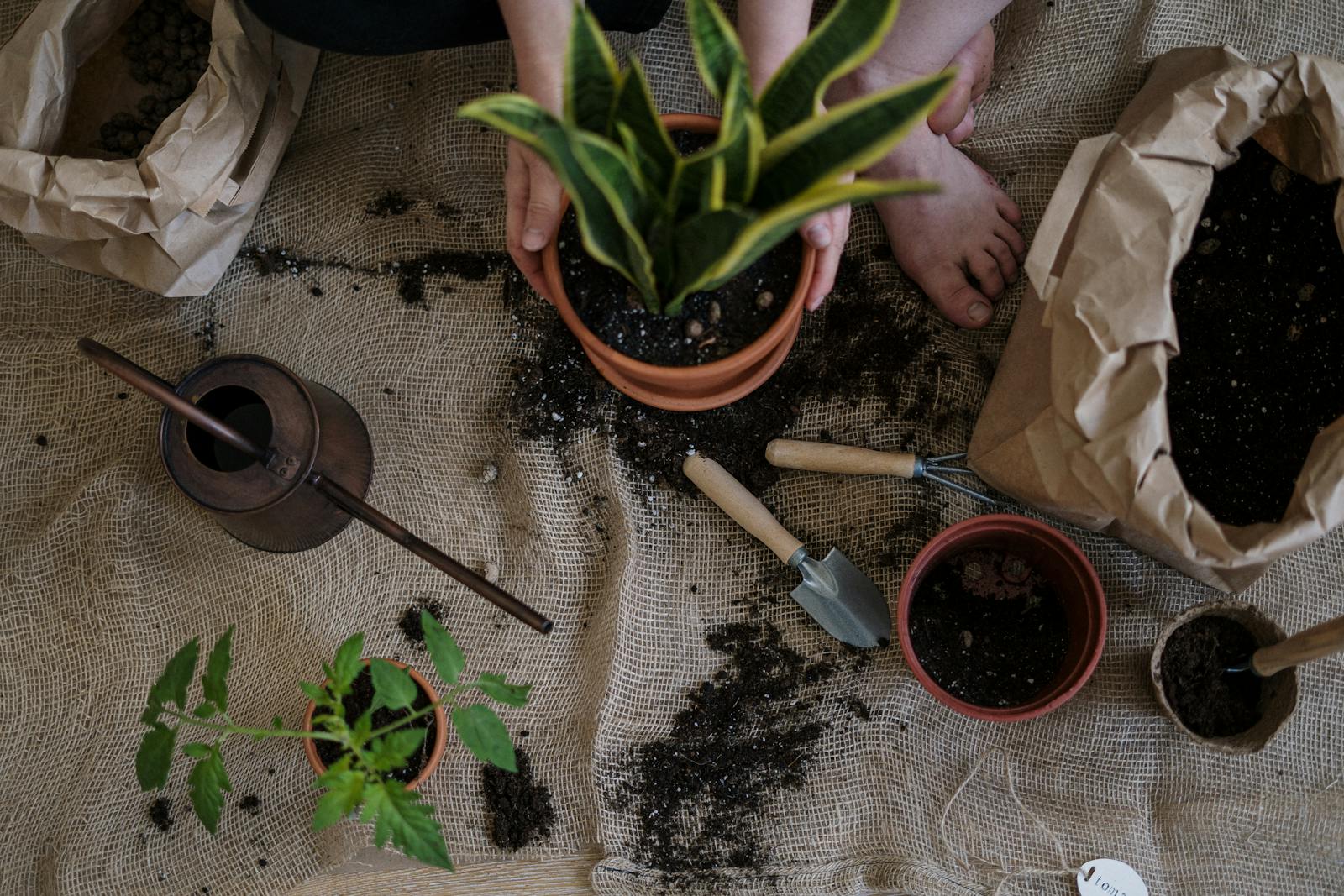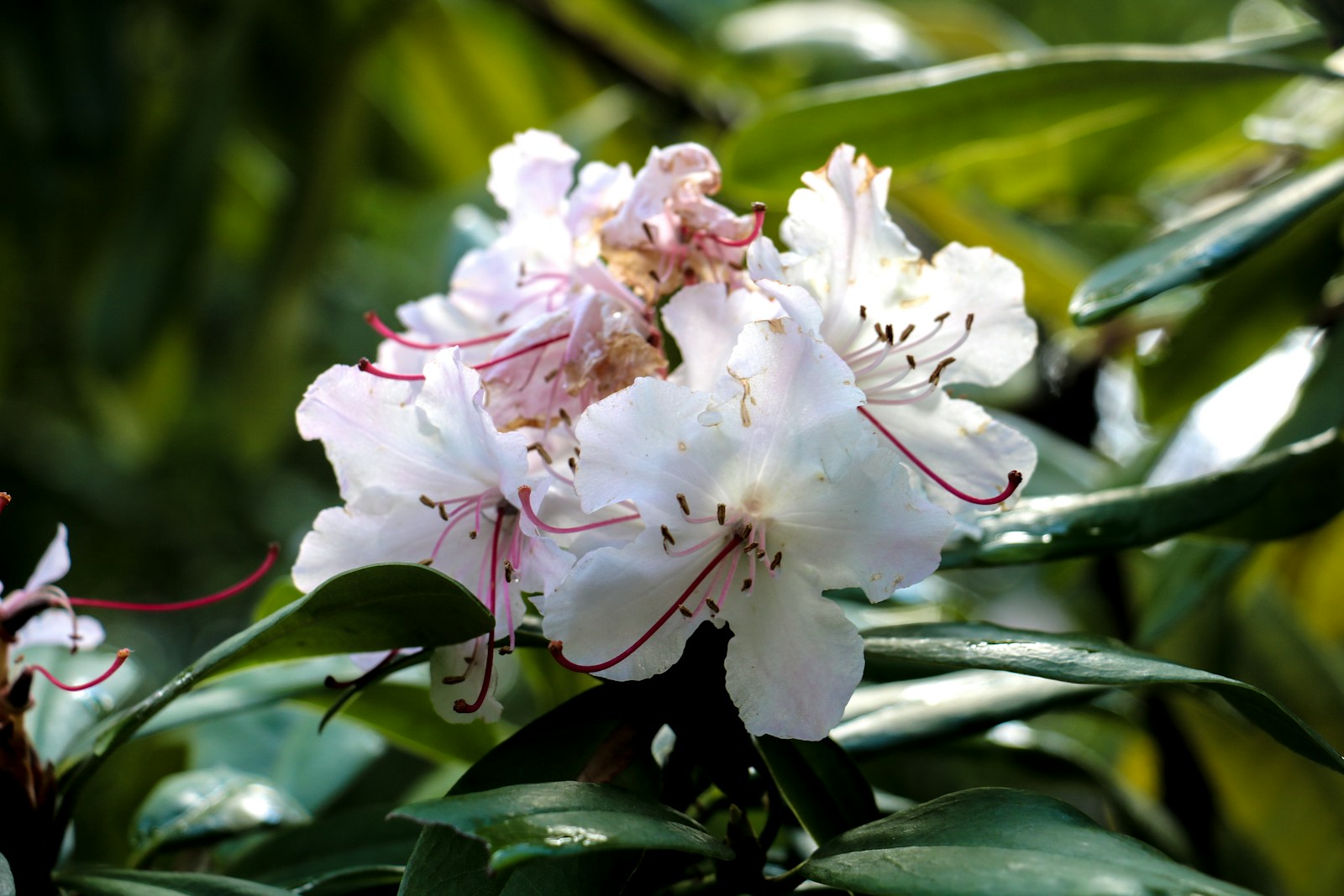Building a Garden that Attracts Beneficial Insects
Why Beneficial Insects Matter
A garden that attracts beneficial insects is more than beautiful—it’s resilient and self-sustaining. These helpful creatures, such as ladybugs, lacewings, and bees, naturally control pests and pollinate crops without chemicals.
They balance ecosystems by preying on aphids, mites, and other destructive insects while improving yields through better flower and fruit development. Encouraging them creates harmony in your garden and reduces the need for synthetic intervention.
Building an inviting environment starts with understanding what these allies need to thrive.
Planting Diversity to Support Insect Life
Diversity is key to attracting a variety of beneficial insects. Grow a mix of flower types, shapes, and colors that bloom across the seasons. Include plants from different families to support a broader insect population.
Examples include yarrow, dill, calendula, cosmos, and coneflowers. Native species are especially effective since they co-evolved with local pollinators and predators.
This approach ensures nectar and shelter are available throughout the growing year, sustaining insects during all life stages.
Creating Shelter and Habitat Zones
Insects need more than food—they require shelter to breed, rest, and overwinter. Leave some leaf litter, hollow stems, or small brush piles in out-of-the-way corners. Stone borders or stacked logs also provide refuge for beetles and spiders.
Install insect hotels or bee houses made from bamboo, straw, and wood with holes of various sizes. Position them facing the morning sun in sheltered spots near nectar sources.
Habitat zones make your garden a permanent home for beneficial insects rather than just a feeding stop.
Avoiding Pesticides and Harsh Sprays
Chemical pesticides don’t discriminate—they kill pests and allies alike. Even “natural” options like pyrethrins can harm beneficial insects if misused. Avoid broad-spectrum treatments and spot-treat only when absolutely necessary.
Instead, focus on prevention through healthy soil, diverse planting, and early pest monitoring. Companion planting and crop rotation also deter pests without harming the insects you want to keep.
Safe, intentional practices allow your insect allies to thrive and do their jobs effectively.
Choosing Plants That Attract Predatory Insects
Predatory insects are garden guardians. They feed on pests and protect crops without effort from you. To attract them, grow plants with small clusters of flowers, such as alyssum, dill, fennel, and tansy.
These flowers provide the nectar and pollen predators need during their adult stage. Parasitic wasps, ladybugs, and hoverflies all benefit from these resources while hunting pest larvae and eggs.
Integrating these attractor plants creates a built-in defense system that keeps your garden in balance naturally.
Planting for Continuous Bloom
To keep beneficial insects around, your garden must provide continuous food. Stagger bloom times by mixing early, mid, and late-season flowers. This ensures nectar and pollen are available year-round, supporting both adults and larvae.
Combine perennials like echinacea and rudbeckia with annuals like zinnias and cosmos. Include spring bulbs and late bloomers like asters for maximum coverage.
With flowers in constant bloom, you create a reliable food web that supports insect life across generations.
Encouraging Pollinators with Native Plants
Native plants are the backbone of any garden designed for beneficial insects. They co-evolved with local wildlife and are well-suited to your climate and soil. Bees, butterflies, and wasps recognize and prefer native flora.
Milkweed supports monarchs, while goldenrod and bee balm attract bees and hoverflies. These plants require less maintenance and often outperform exotic varieties in supporting pollinator populations.
Incorporating natives makes your garden more ecologically valuable and more likely to thrive without excess care.
Incorporating Herbs as Dual-Purpose Allies
Herbs like parsley, mint, and dill do more than flavor your food—they attract beneficial insects. Their flowers draw hoverflies, parasitic wasps, and other pest predators, especially when allowed to bloom fully.
Plant herbs in containers, raised beds, or borders near vegetables to enhance pest control and boost pollination. Many herbs are drought-tolerant and thrive in varied conditions.
By using herbs as both culinary and ecological tools, you maximize space while strengthening your garden’s insect population.
Mulching and Composting to Support Soil Life
Healthy soil is home to countless beneficial insects like ground beetles, centipedes, and springtails. Mulch with straw, bark, or leaves to create a stable environment that conserves moisture and provides habitat.
Composting also fosters microbial life that supports insect health. Leave decomposing organic matter undisturbed in low-traffic areas to invite ground-dwelling allies.
Protecting the soil’s living ecosystem enhances the overall health of your garden and attracts more insect life from the ground up.
Managing Light and Shade for Insect Balance
Insects need varied microclimates just like plants. Include sun-loving flowers in bright zones and shade-tolerant blooms under trees or along walls. Some predatory insects prefer cooler, damp spots, while pollinators seek full sun for warmth and activity.
Layer plants by height to create shaded understories and open canopies. Use trellises or vertical supports to provide additional diversity.
By offering different light conditions, you accommodate a wider range of beneficial species throughout your garden.
Reducing Lawn Space to Expand Habitat
Traditional lawns provide little value to beneficial insects. Replacing lawn sections with pollinator beds, native groundcovers, or wildflower patches dramatically increases biodiversity and insect activity.
Convert unused corners or paths into flowering borders or herb strips. Even small lawn reductions have a big impact when replaced with plants that provide nectar, pollen, or shelter.
This shift transforms your yard into a dynamic habitat that supports both wildlife and productivity.
Installing Water Sources for Insects
All living creatures need water, and beneficial insects are no exception. Add shallow dishes with pebbles, birdbaths with sloped sides, or water-filled saucers near plantings.
Keep the water clean and place in shaded spots to prevent overheating. Moving water from bubblers or fountains also attracts insects and deters mosquitoes.
Providing accessible water makes your garden more inviting to both pollinators and pest predators.
Maintaining Garden Balance Without Intervention
A thriving insect-friendly garden often regulates itself. Avoid over-pruning or constant disruption—let nature shape part of your space. Allow plant stalks to remain through winter as habitat and food for overwintering species.
Trust the balance between pests and predators to evolve naturally. Occasional intervention may be needed, but minimal interference typically yields better long-term stability.
This approach fosters a self-sustaining environment where beneficial insects thrive and garden health improves.
Educating Others and Spreading the Benefits
Beneficial insect gardening has community-wide value. Share your knowledge with neighbors, schools, or local gardening groups. Even a single pollinator strip can inspire others to adopt eco-friendly practices.
Label your plants, host workshops, or distribute seeds to promote awareness. Community gardens and urban plots are great places to showcase natural insect support techniques.
Spreading these ideas strengthens local ecosystems and builds momentum for a greener, healthier future.
Celebrating a Living, Balanced Garden
Creating a garden that attracts beneficial insects transforms how you interact with your space. Instead of battling nature, you welcome it—and it gives back in beauty, abundance, and balance.
Buzzing bees, fluttering butterflies, and patrolling ladybugs signal a thriving ecosystem. Your garden becomes more than productive—it becomes alive.
By designing with insects in mind, you build a space that works in harmony with nature year after year.
Frequently Asked Questions
What are the best plants for attracting beneficial insects?
Top choices include yarrow, dill, fennel, marigolds, bee balm, and milkweed. These provide nectar and pollen for a wide variety of helpful insects throughout the growing season.
How can I attract more ladybugs to my garden?
Plant dill, cosmos, and calendula. Avoid using pesticides and provide shelter like low groundcover or straw mulch to encourage them to stay and breed.
Are insect hotels actually useful?
Yes, especially when placed in protected areas near nectar sources. They provide nesting spots for solitary bees, lacewings, and other beneficial species.
Can I attract beneficial insects in containers?
Absolutely. Use herb planters, flowering containers, and vertical gardens to host attractor plants. Even small spaces can support insect diversity with the right choices.
Do I need to avoid all pesticides?
Avoid broad-spectrum chemicals. Use spot treatments only when necessary and choose organic options. Most beneficial insects are sensitive to even natural pesticides if misused.
© 2025 GardeningandDecor.com. All rights reserved.



